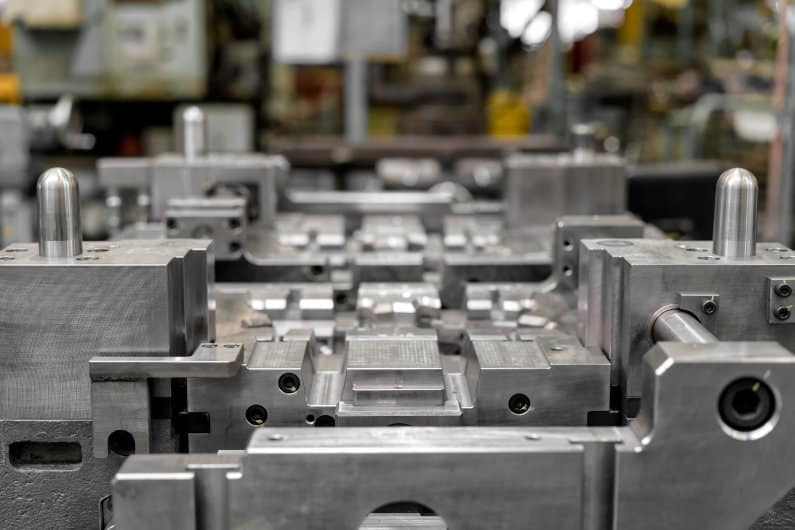
Aluminum casting die is a popular manufacturing process used to create complex shapes and parts with high precision. This method involves pouring molten aluminum into a mold cavity, allowing it to solidify, and then removing the casting from the mold. Aluminum casting die is widely used in various industries, including automotive, aerospace, and electronics, due to its numerous benefits such as cost-effectiveness, design flexibility, and high strength-to-weight ratio.
The Aluminum Casting Die Process
The aluminum casting die process involves several steps to produce high-quality aluminum parts. Here is a closer look at the process:
1. Mold Preparation
- The process starts with designing a mold based on the desired shape and dimensions of the final part.
- The mold is typically made from steel or other durable materials to withstand the high temperatures and pressures involved in the casting process.
2. Molten Aluminum Pouring
- Once the mold is ready, molten aluminum is poured into the mold cavity through a gating system.
- The aluminum is heated to a specific temperature to ensure proper flow and filling of the mold cavity.
3. Solidification and Cooling
- After pouring, the aluminum solidifies and takes the shape of the mold cavity.
- Cooling channels are used to control the cooling rate and prevent defects in the final part.
4. Part Ejection
- Once the aluminum has fully solidified, the casting is ejected from the mold cavity using ejector pins or other mechanisms.
- The casting is then trimmed and finished to meet the required specifications.
The Benefits of Aluminum Casting Die
Aluminum casting die offers a range of benefits that make it a preferred choice for many manufacturing applications. Here are some of the key advantages of this process:
1. Cost-Effectiveness
- Aluminum casting die is a cost-effective manufacturing method, as it allows for high production rates and reduces the need for secondary machining operations.
- The ability to create complex shapes in a single step also helps to save time and material costs.
2. Design Flexibility
- With aluminum casting die, designers have the flexibility to create intricate and detailed parts with tight tolerances.
- The process supports the production of both small and large parts, making it versatile for various applications.
3. High Strength-to-Weight Ratio
- Aluminum is known for its excellent strength-to-weight ratio, making it an ideal choice for applications where lightweight and durability are essential.
- Parts manufactured using aluminum casting die offer high strength and rigidity while being lightweight and easy to handle.
4. Excellent Surface Finish
- Aluminum casting die produces parts with a smooth surface finish and fine detail, reducing the need for additional finishing processes.
- The process can achieve tight tolerances and intricate designs, resulting in high-quality parts with a polished appearance.
Applications of Aluminum Casting Die
The versatility and benefits of aluminum casting die make it suitable for a wide range of applications across various industries. Some common applications of this process include:
1. Automotive Industry
- Aluminum casting die is widely used in the automotive industry to produce engine components, transmission parts, wheels, and other structural elements.
- The lightweight nature of aluminum helps to improve fuel efficiency and overall vehicle performance.
2. Aerospace Industry
- In the aerospace industry, aluminum casting die is used to manufacture aircraft components, such as brackets, housings, and structural fittings.
- Aluminum's strength-to-weight ratio is crucial for aerospace applications where every gram counts.
3. Electronics Industry
- Aluminum casting die is also employed in the electronics industry to produce heat sinks, electronic enclosures, and other components that require thermal management.
- The ability to dissipate heat efficiently makes aluminum an ideal choice for electronic devices.
Conclusion
Aluminum casting die is a versatile and cost-effective manufacturing process that offers numerous benefits for producing high-quality aluminum parts. From design flexibility to excellent surface finish, this method has become a popular choice in industries that require complex and lightweight components. By understanding the process and advantages of aluminum casting die, manufacturers can leverage this technique to meet their production needs efficiently and effectively.